#Tiber river
Explore tagged Tumblr posts
Text



Permanently Moored, Rome -- September 18th, 2024
Etsy
#rome#italy#roma#italia#street photos#street photography#original photos#original photography#original pics#streets#tiber#tiber river
263 notes
·
View notes
Text

Roman Emperor Caligula's 2,000-Year-Old Garden Unearthed Near the Vatican
The gardens overlooking the Tiber river in Italy once belonged to an infamous Roman emperor.
Construction workers in Italy have discovered a 2,000-year-old garden that once belonged to a Roman emperor.
The travertine walls of the garden overlook the banks of the Tiber, a river that cuts through Rome and sits east of Vatican City. The ruins were unearthed as workers constructed a new overpass at Piazza Pia, according to a translated statement from the Italian Ministry of Culture.
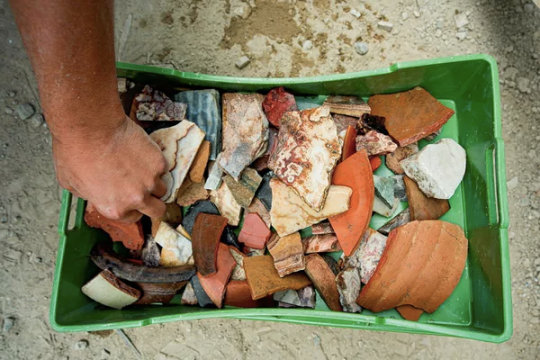
As archaeologists removed debris, they found a lead water pipe with the following inscription: "C(ai) Cæsaris Aug(usti) Germanici." Researchers determined that the engraving referred to Gaius Caesar Augustus Germanicus, better known as Caligula (aka "little boot," a childhood nickname given to him by his father's soldiers).
Based on the inscription, researchers think the garden likely belonged to the infamous Roman emperor. Not only was Caligula known for being a tyrannical and ruthless leader, he was also a sadist who humiliated his senate. Caligula assumed the throne in A.D. 37, and in A.D. 41 the Praetorian Guard — the officials who were supposed to protect him — assassinated the emperor.
This conclusion is supported by a passage in the ancient text "On the Embassy to Gaius," penned by Egyptian philosopher Philo of Alexandria. It describes how Caligula had met with a representative of Jews living in Alexandria, Egypt, at a large garden along the Tiber, according to the statement.

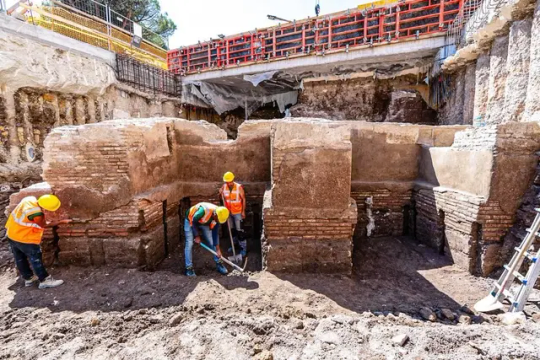


At that time, Jewish Alexandrians and the Greek-Alexandrian population were in a "crisis that had manifested itself with violence, brawls and episodes of religious intolerance." However, Caligula rejected the Jews' requests for religious autonomy, instead siding with the Greeks.
Alessio De Cristofaro, an archaeologist at the Special Superintendency for Archaeology, Fine Art and Landscape, a government agency in Rome, said the find is significant because Piazza Pia is in the same area as the "Horti Agrippinae," the garden of Agrippina the Elder, who was Caligula's mother.
The pipe is also similar to another one, found in the early 1900s, that's inscribed with the name Iulia (Julia) Augusta, the second wife of Augustus and the grandmother of Germanicus. Researchers speculate that the property was inherited by Germanicus and later passed down to his wife, Agrippina the Elder, before going to Caligula.
In addition to the pipe, archaeologists found slabs of Roman-era pottery and terra-cotta figures of mythological scenes that would have decorated rooftops.
By Jennifer Nalewicki.

#Roman Emperor Caligula's 2000-Year-Old Garden Unearthed Near the Vatican#Tiber river#Piazza Pia#ancient artifacts#archeology#archeolgst#history#history news#ancient history#ancient culture#ancient civilizations#ancient rome#roman history#roman empire#roman art#ancient art
247 notes
·
View notes
Text

Cloelia
Artist: François Gérard (French, 1770-1837)
Date: 19th century
Medium: Oil on canvas
Collection: Private collection
Description
Cloelia was one of a group of Roman virgins taken hostage in 508 BC by Lars Porsena, King of the Etruscan city of Clusium, as terms of a peace treaty ending its war with Rome. Cloelia escaped the enemy camp on horseback, leading the Roman virgins across the Tiber through a barrage of darts and bringing the young women to safety. Learning of her escape, Porsena sent emissaries to Rome demanding Cloelia’s return. Fearing Porsena would break the peace treaty if she remained in Rome, the young woman selflessly returned to the enemy camp, ensuring the lives of the remaining Roman hostages. Gérard depicts his young heroine as she waves her arm to lead on the young women to follow her to salvation, her wild-eyed white steed frothing as he carries her onto the far banks of the Tiber.
#historical scene#narrative art#oil on canvas#painting#fine art#artwork#oil painting#ancient history#cloella#female figure#landscape#riding#horse#foliage#body of water#roman virgins#tiber river#young heroine#river bank#cloudy skies#tree#mountains#ancient italy#french culture#french art#francois gerard#french painter#european art#19th century painting
46 notes
·
View notes
Text

Title: The Dream of Aeneas
Artist: Salvator Rosa (Italian, 1615–1673)
Date: 1660–1665
Medium: Oil on canvas
Collection: Metropolitan Museum of Art, New York City, NY, United States
Description
Armored and elegant, the legendary founder of Rome, Aeneas, sleeps beside a theatrical, reed-laden personification of the city’s Tiber River. The subject comes from the ancient poet Virgil’s Aeneid, which was popularized in mid-seventeenth-century Rome through commissions by Pope Innocent X, including Bernini’s Four Rivers Fountain and frescoes in the papal family’s palace. Rosa may have painted this example specifically for public exhibition. The figures relate to the rough bandit types for which Rosa was famed, but the pared-down composition and their scale lend them a sculptural majesty. The complicated poses, heavy impasto of the armor, and loose brushwork of the river reeds enliven a static subject.
#mythological painting#roman mythology#mythological art#the dream of aeneas#sleeping#tiber river#virgil's aeneid#literature#male figures#costume#drapery#landscape#night#dream#mythological scene#mythological characters#armor#painting#oil on canvas#fine art#oil painting#artwork#italian culture#italian art#salvator rosa#italian painter#european art#17th century painting#metropolitan museum of art
22 notes
·
View notes
Text



Sunsets over the Tiber
#photo#my photo#my post#river#tiber river#river tiber#tevere#roma#rome#Italy#lazio#dusk#sunsets#castel sant'angelo#boat#bridges#photography
6 notes
·
View notes
Text


By Jane von Mehren
11 January 2023
The highly civilized Etruscans had a huge impact on the city’s eventual geography, architecture, government, trade, and agriculture.
They created excellent schools to which rich Romans sent their sons, much as they would later send them to Greek institutes.
By the sixth century B.C., some of Rome’s most famous institutions, from the Forum to the Senate, were in existence but even the most reputable historians — including Fabius, Livy, and Plutarch — started their accounts of the empire in legend.
Legendary beginnings

The story of Rome’s founding begins in Alba Longa, the first “city” of Latium, a region in central western Italy, occupied by Latins.
The area had been inhabited since the Bronze Age by farming communities and was known to the ancient Greeks, which is perhaps why Aeneas, a Trojan prince, is said to have established it around 1150 B.C.
According to legend, in Alba Longa, two of Aeneas’s descendants, the brothers Amulius and Numitor, fought over who would rule.
Amulius triumphed, killing Numitor’s sons and exiling his daughter, Rhea Silvia, to become a Vestal Virgin.
Through divine intervention, she gave birth to the twins Romulus and Remus.
Threatened by these potential claimants to his throne, Amulius beheaded Rhea Silvia and abandoned the babies in the river Tiber.
Miraculously, a she-wolf rescued and cared for the boys until a shepherd, Faustulus, adopted them, raising them on the Palatine Hill, located in modern-day Rome.
The legend goes on to say that the brothers established the city of Rome on the banks of the Tiber River, where it was narrow enough for crossing and the hills provided a good defensive position.
The land between the hills, however, was quite marshy and not all that fertile.
The twins soon quarreled about the city’s exact boundaries and Romulus killed Remus.
Romulus, along with the outlaws and criminals he recruited, invited neighboring tribe the Sabines, who had resisted intermarrying with the Romans, to a fête.
During the merriment, Romulus raised his cloak signaling his men to seize and abduct the young Sabine women.
As the origin story goes, being Roman wives suited the women and they stopped the Sabine men from battling the Romans when they came to recapture them.
In the end the Sabines remained in Rome as part of the new city.
Influences in the area

Archaeological evidence tells us that Rome’s actual origins were less dramatic.
The first Romans were Latin farmers and shepherds living in small village huts on the Esquiline and Palatine hills.
The Sabines, a tribe living to the north, divided soon after the city’s founding, and some of them came south and united with Rome’s people.
Rome remained relatively primitive until the 600s B.C., when the Etruscans, who controlled a series of city-states to the north, began taking control of the city.
Kingdom of Rome
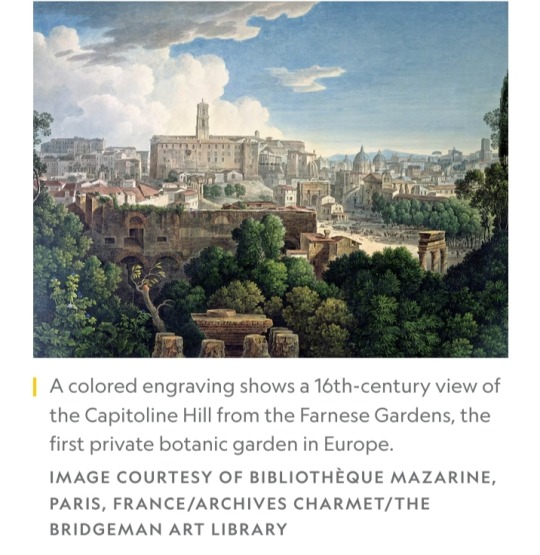
While modern scholars discount some of the accounts of ancient Roman historians, they agree that during the first phase of its history — from approximately 753 to 509 B.C. — Rome was ruled by kings.
According to these writers, Romulus was the first, succeeded by Numa Pompilius, a Sabine, and in 616 B.C., by an Etruscan named L. Tarquinius Priscus.
Kings had almost absolute power, serving as administrative, judicial, military, and religious leaders. A senate acted as an advisory council.
The king chose its members, who became known as patricians, from the city’s leading families.
Unlike later monarchs, Roman kingship was not inherited.
After a king died, there was a period known as an interregnum, when the Senate chose a new ruler, who was then elected by the people of Rome.
The king-elect needed to obtain approval of the gods and the imperium, the power to command, before assuming his throne.
Etruscan influences
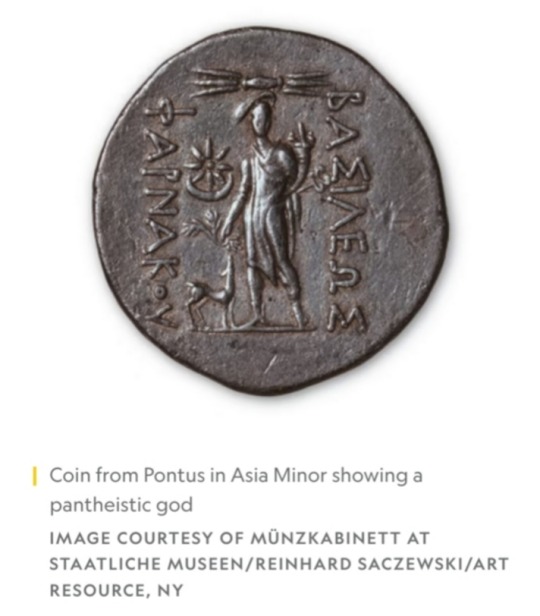
The Etruscans ruled a loose confederation of city- states that stretched from Bologna to the Bay of Naples.
It remains unclear where they originated, but they used a version of the Greek alphabet and some ancient sources describe them as coming from Asia Minor.
Around 650 B.C., they were already dominant in the region and took control of Rome, wanting its strategic position on the Tiber.
Under Etruscan kings, Rome grew from a series of villages into a proper city.
The Etruscans drained the marshes around the city, constructed underground sewers, laid out roads and bridges.
They established the cattle market, Forum Boarium, as well as Forum Romanum, the central market and meeting place that evolved into the heart of the empire.
Toward the end of this period of Etruscan influence, the first temple of Jupiter was built on the Capitoline Hill.
This temple, although rebuilt many times, became the symbol of Rome’s power.
Founding the Republic

The era of Roman kings ended in 509 B.C., when the Romans supposedly expelled the last Etruscan king, L. Tarquinius Superbus, in another mythicized event.
As recounted by historians, including Livy, the son of Tarquinius Superbus, Sextus, raped at knifepoint the noblewoman Lucretia, wife of the king’s great nephew.
Lucretia, feeling that her honor and virtue had been lost, committed suicide.
Her uncle Brutus swears to avenge her and commits to revolution and the expulsion of the monarchy.
To the Roman people, her story represents the tyrannical powers of the monarch on the state, and so the saga of Lucretia is cited as the event that spurred the Roman Republic into being.
In place of the monarchy, Romans established a republic, which lasted until 30 B.C.
Over the course of nearly five centuries, Rome became a dominant Western power, seizing territory throughout the Mediterranean, creating an enormous and efficient army, and learning how to administer its vast provinces.
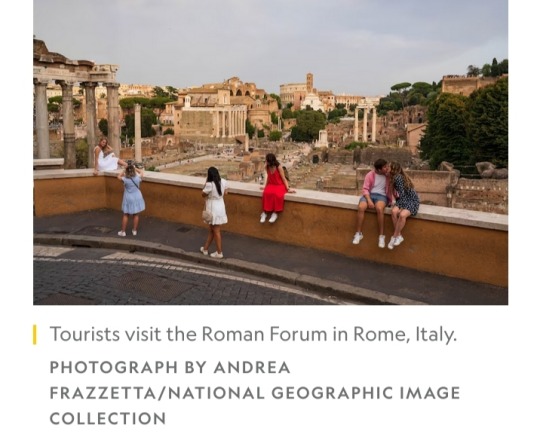
NOTE:
The traditional date for the founding of Rome is 21 April 753 BC.
#Rome#Ancient Rome#Romulus#Remus#Alba Longa#Latium#Italy#Aeneas#Amulius#Numitor#Rhea Silvia#Vestal Virgin#Faustulus#Palatine Hill#Tiber River#Sabines#Etruscans#Numa Pompilius#L. Tarquinius Priscus#interregnum#imperium#Forum Boarium#Forum Romanum#Capitoline Hill#Temple of Jupiter#L. Tarquinius Superbus
13 notes
·
View notes
Text
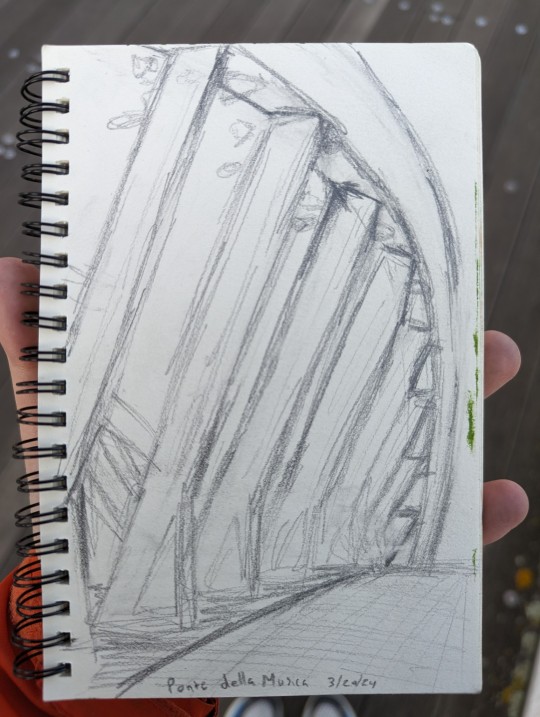

Ponte della Musica 3/20/2024
#me vs not squishing perspective#art#my art#drawing#sketch#pencil Sketch#pencil drawing#Rome#roma#ponte della musica#bridge#architecture#modern architecture#flaminio#tiber river#music bridge#Armando Trovajoli#drawing from life
4 notes
·
View notes
Text
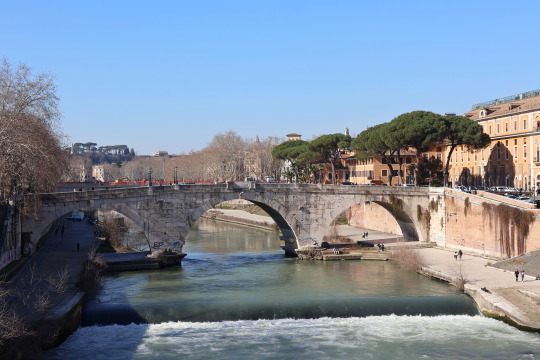
Ponte Cestio, Rome
February 2024
Check out my blog post about this recent visit!
#bridge#rome#roma#italy#italia#historical architecture#original photography#photography#travel#photographers on tumblr#lensblr#architecture#tiber#tiber river#ponte#wanderingjana
4 notes
·
View notes
Text
Roman Holiday (1953) dir. William Wyler


ROMAN HOLIDAY — 1953, dir. William Wyler
#audrey hepburn#princess ann#gregory peck#joe bradley#roman holiday#william wyler#1950s#1953#classic films#old hollywood#classic movies#oscar winner#best actress#tiber river#swim#movie gifs#black and white
4K notes
·
View notes
Text





Tiber Visions, Rome -- September 18th, 2024
Etsy
88 notes
·
View notes
Text

Clelia Crossing the Tiber
Artist: Peter Paul Rubens (Flemish, 1577–1640) and possible Workshop of Peter Paul Rubens (1577–1640)
Date: ca. 1635
Medium: Oil on panel
Collection: Louvre Museum, Paris, France
Description
Cloelia was one of a group of Roman virgins taken hostage in 508 BC by Lars Porsena, King of the Etruscan city of Clusium, as terms of a peace treaty ending its war with Rome. Cloelia escaped the enemy camp on horseback, leading the Roman virgins across the Tiber through a barrage of darts and bringing the young women to safety. Learning of her escape, Porsena sent emissaries to Rome demanding Cloelia’s return. Fearing Porsena would break the peace treaty if she remained in Rome, the young woman selflessly returned to the enemy camp, ensuring the lives of the remaining Roman hostages. Gérard depicts his young heroine as she waves her arm to lead on the young women to follow her to salvation, her wild-eyed white steed frothing as he carries her onto the far banks of the Tiber.
#historical scene#ancient history#painting#narrative art#clelia crossing the tiber#landscape#roman virgins#female figures#hostages#nude figures#male figures#ancient italy#tiber river#horses#oil on canvas#fine art#oil painting#artwork#flemish culture#flemish art#peter paul rubens#flemish painter#european art#17th century painting#louvre museum
19 notes
·
View notes
Photo






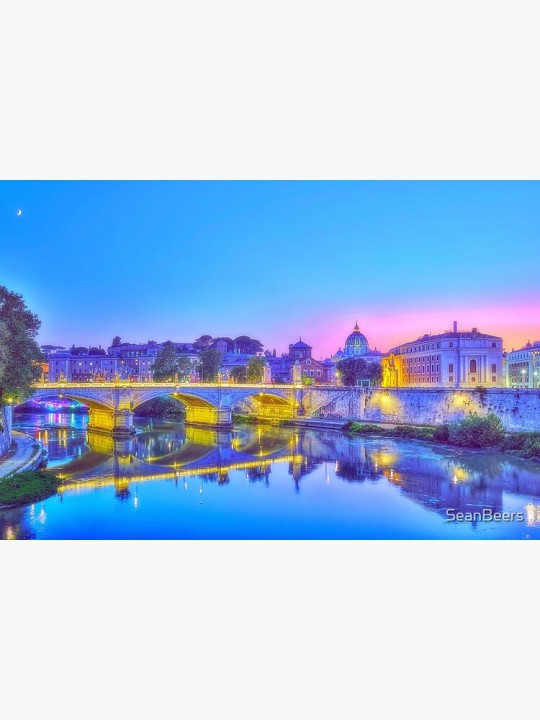

(via "Rome's Tiber River at sunset" Framed Art Print for Sale by SeanBeers)
Check out my shop and support my work. Thanks
1 note
·
View note
Text
Roman Holiday (1953) dir. William Wyler
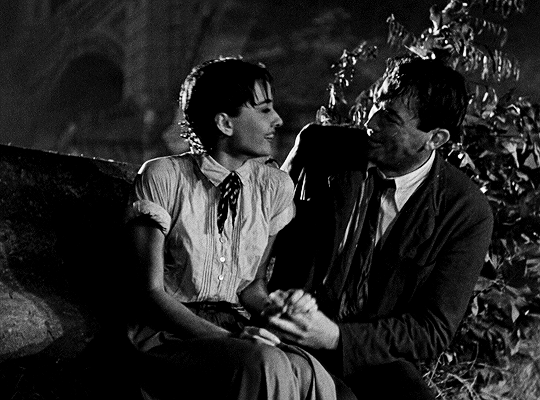
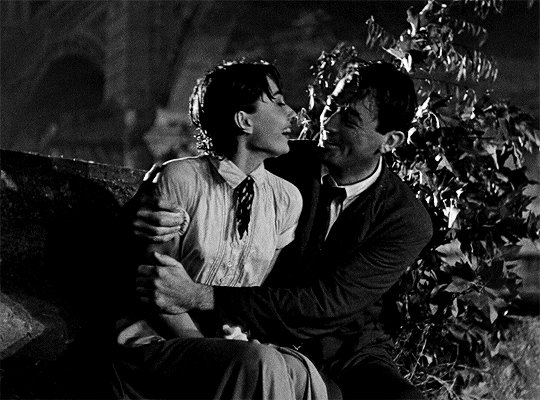
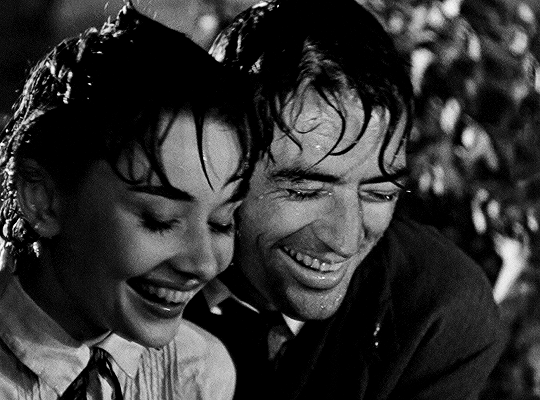



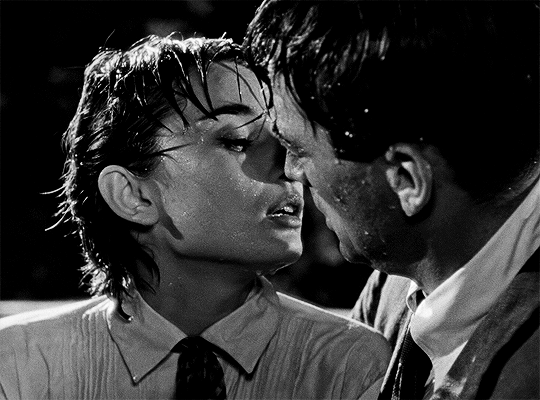

ROMAN HOLIDAY 1953 | dir. William Wyler
#audrey hepburn#princess ann#gregory peck#joe bradley#roman holiday#william wyler#1950s#1953#classic films#old hollywood#classic movies#oscar winner#best actress#swim#tiber river#movie gifs#black and white
2K notes
·
View notes
Text
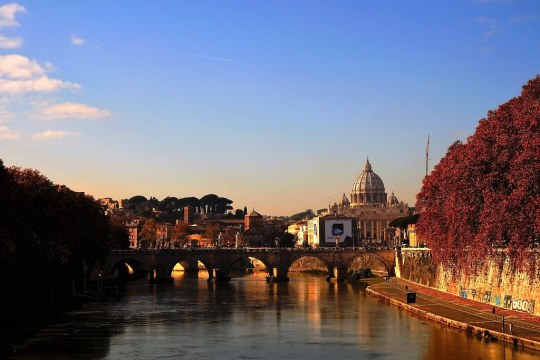
Rome in Autumn
1 note
·
View note
Text
Vatican Sunset 🌇

#Ponte Vittorio Emanuele II#Centro Storico di Roma#Golden Hour#Vatican City#Birds Flying#St. Peter's Basilica#Sunset#Tiber#River#Bridge#Bus#Tree#Rome#Italy
112 notes
·
View notes
Text

Ponte Sant Angelo - George Bodine
American , b. 1950 -
Oil on Belgian linen 16 x 8 in.
120 notes
·
View notes